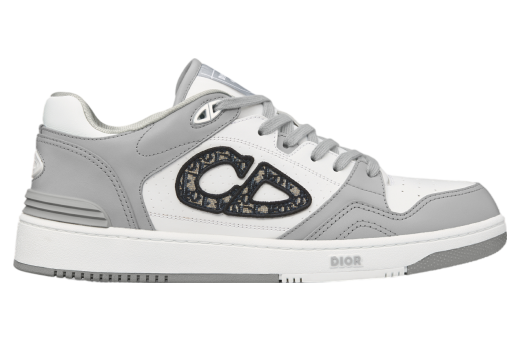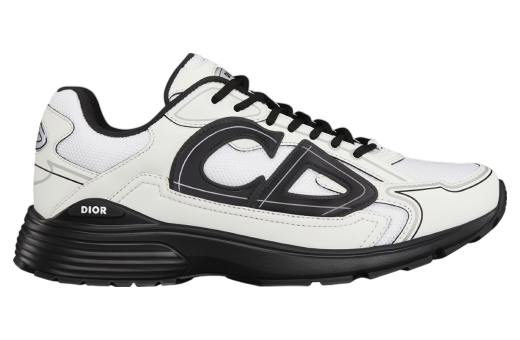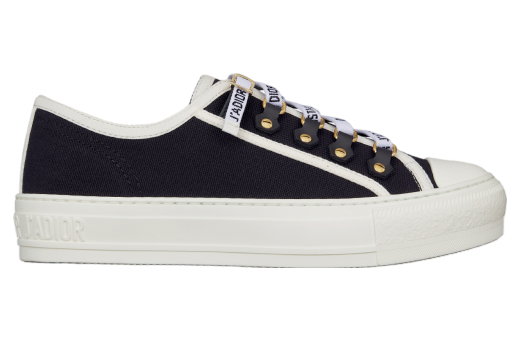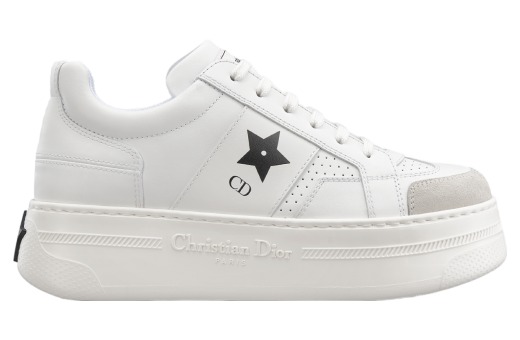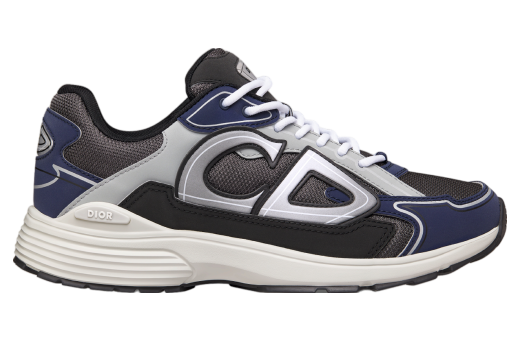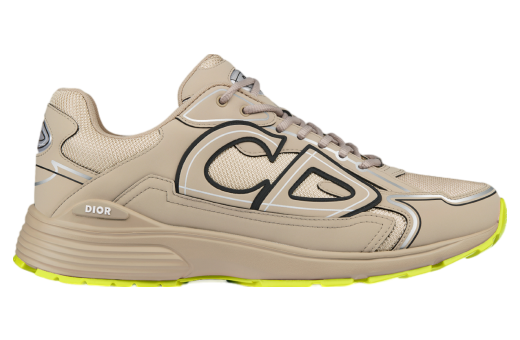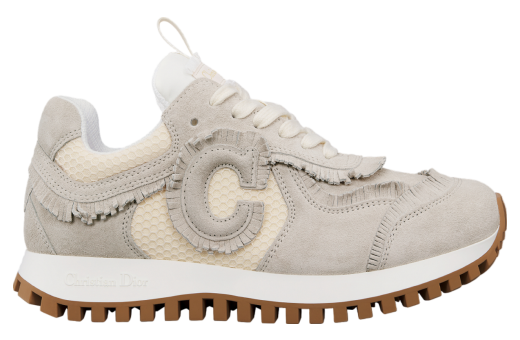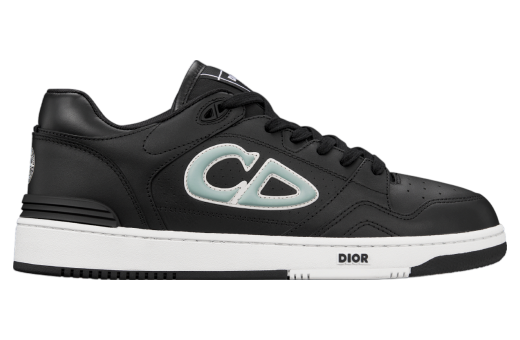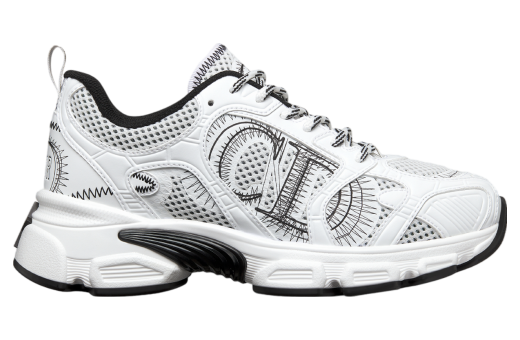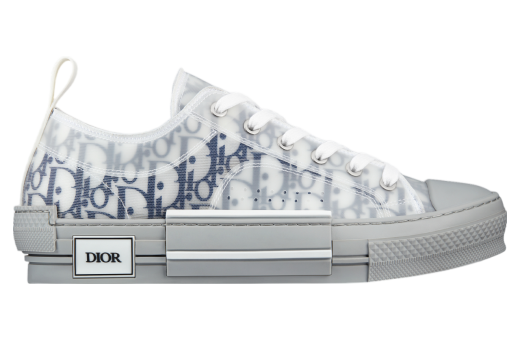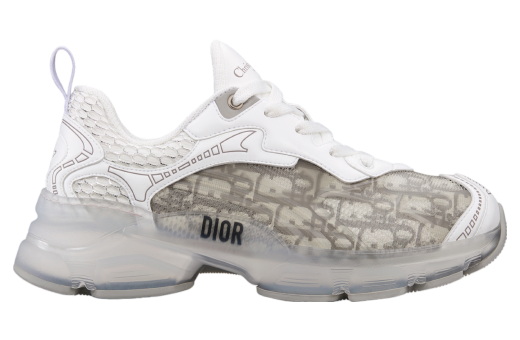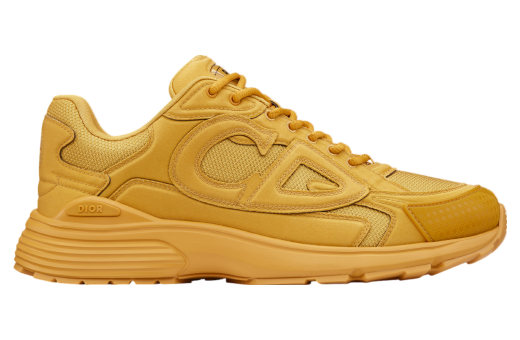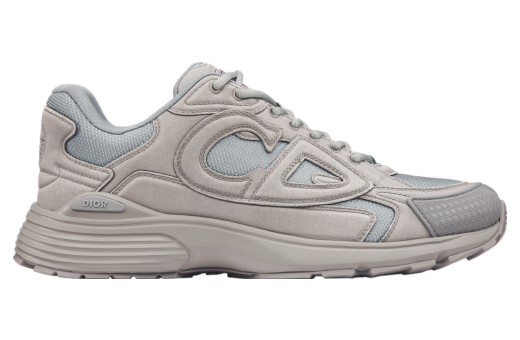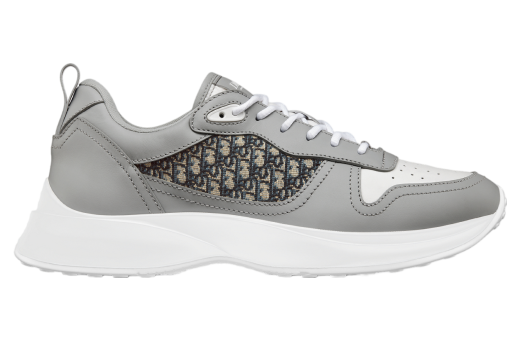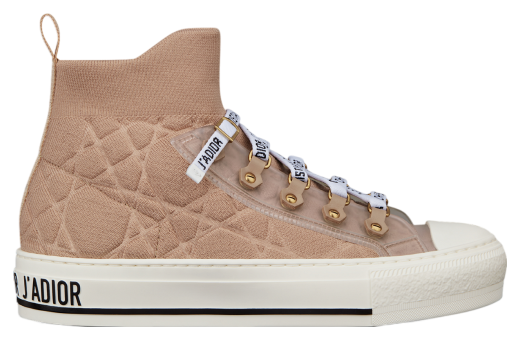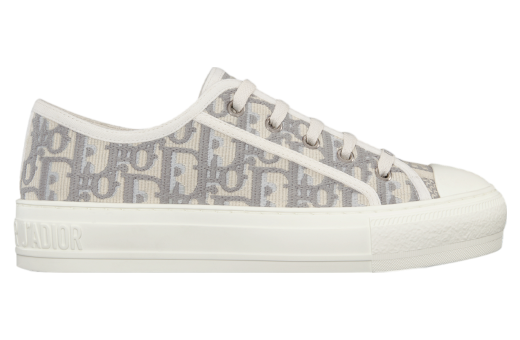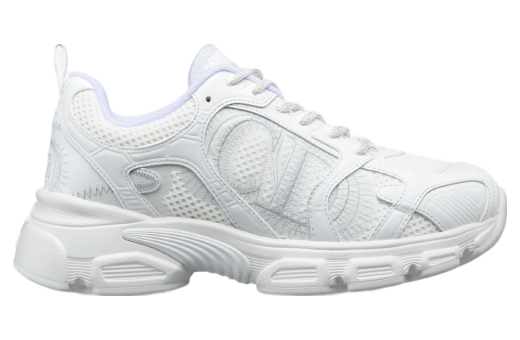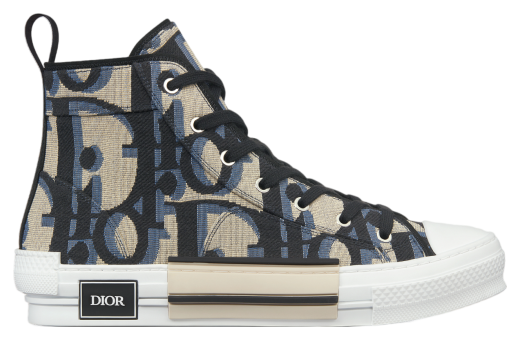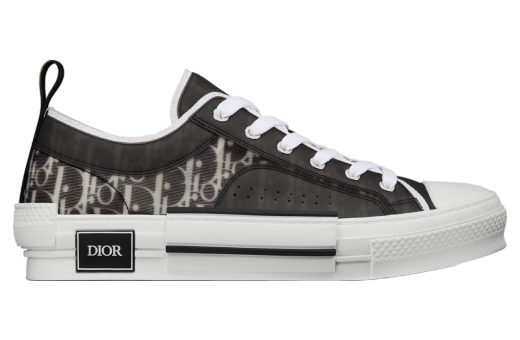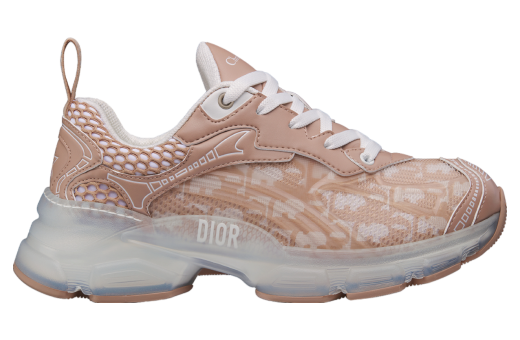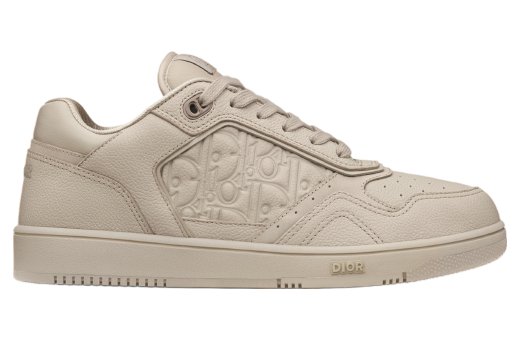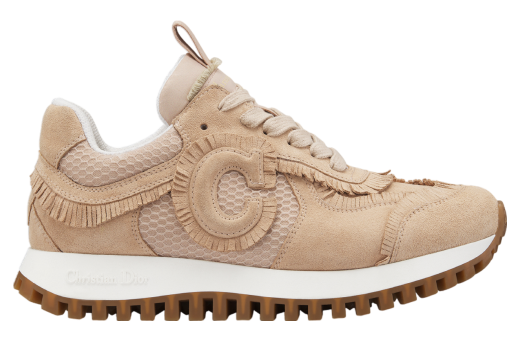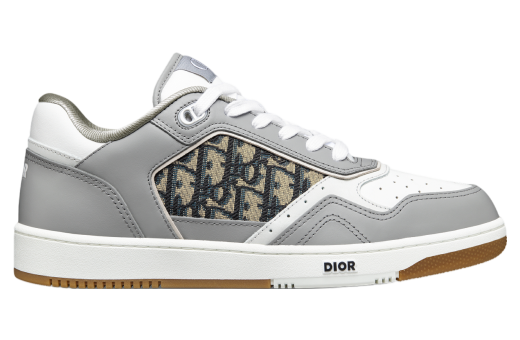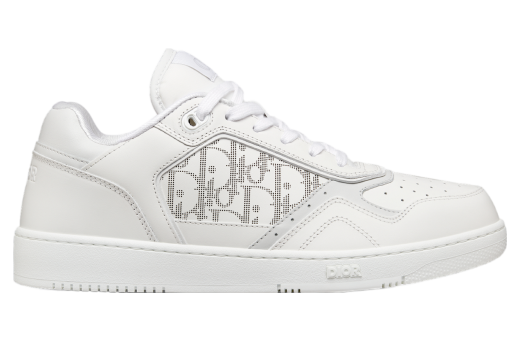Dior
Dior sneakers represent the epitome of luxury and contemporary fashion, embodying the brand's dedication to exquisite craftsmanship and innovative design. These high-end sneakers combine cutting-edge trends with timeless elegance, often showcasing intricate details such as the iconic Dior logo, monogram patterns, and high-quality materials such as leather, mesh, and suede. Each pair of Dior sneakers is meticulously crafted to ensure comfort, durability, and style, making them a coveted item for fashion enthusiasts and casual wearers alike. The brand's ability to seamlessly blend classic aesthetics with modern influences has made Dior sneakers a statement piece in both streetwear and high fashion.
The versatility of Dior sneakers allows them to be worn with a variety of outfits, from casual jeans and luxury sweatshirts to more refined attire. This adaptability is further enhanced by the wide range of designs within the Dior sneaker collections, which include low-tops, high-tops, and slip-ons, catering to diverse tastes and preferences. The brand frequently collaborates with influential designers and artists, infusing their sneakers with unique, creative elements that distinguish them in an ever-competitive market. Whether adorned with bold graphics or minimalist touches, Dior sneakers consistently exude sophistication and exclusivity, solidifying their status as a must-have accessory for those seeking to elevate their fashion game.
History of Dior
Christian Dior: An Enchanting History
The name "Dior" instantly invokes images of luxury, elegance, and Parisian chic. Founded in 1946 by Christian Dior, the French fashion house has transformed the global fashion landscape, shaping trends and defining high couture across decades. This journey through the history of Dior explores its humble beginnings, the revolutionary designs, and its continued influence in the 21st century.
Early Years and the New Look (1946-1957)
Christian Dior was born in Granville, a coastal town in Normandy, France, in 1905. After a varied early career that included diplomacy and art dealership, Dior found his calling in fashion. By the 1930s, Dior was creating sketches for prominent designers, which led him to work for fashion houses such as Robert Piguet and Lucien Lelong.
In December 1946, with financial backing from Marcel Boussac, a textile magnate, Dior opened his eponymous house at 30 Avenue Montaigne in Paris. The following year in February 1947, Dior debuted his first collection. It comprised 90 different looks and stunned the fashion world with its radical departure from the austere wartime styles.
Dubbed the "New Look" by Harper's Bazaar's editor-in-chief Carmel Snow, Dior's collection featured voluptuous shapes, nipped-in waists, and full, A-line skirts that emphasized an hourglass figure. Boussac and Dior had succeeded in introducing a form that reasserted femininity, luxury, and excess. This revolutionary design is often credited with revitalizing the French fashion industry after World War II and restoring Paris as the epicenter of the fashion world.
Expansion and Tragedy (1948-1957)
Following the success of the New Look, Dior expanded his business rapidly. By the end of the 1940s, the house of Dior introduced accessories such as handbags, shoes, and perfumes, most notably Miss Dior in 1947. The brand also extended internationally, opening boutiques in New York and other key fashion cities.
Christian Dior became a celebrity, appearing on the covers of magazines and in the columns of newspapers around the world. His designs continued to evolve, incorporating different silhouettes and themes, while maintaining the brand's signature opulence and craftsmanship. Collections like the “H-Line” and the “A-Line” each introduced a new relationship between body and fabric.
Tragically, Christian Dior's meteoric career was cut short when he died of a heart attack in 1957 while vacationing in Montecatini, Italy. The future of the house hung in the balance, but a young Yves Saint Laurent, who had been working as an assistant, was appointed as the head designer. Dior's legacy, however, had already been firmly established, and his influence would endure for generations.
The Yves Saint Laurent Era (1957-1960)
Yves Saint Laurent, at the tender age of 21, took over the creative reigns of Dior, immediately electrifying the fashion world with his innovative designs. His first collection, the "Trapeze Line," was a departure from Dior's structured styles, introducing softer, more relaxed forms.
Saint Laurent's time at Dior was brief but significant. He continued to innovate with designs like the "Beat Look," characterized by leather jackets and turtlenecks, which resonated with younger audiences. However, the Algerian War of Independence saw Saint Laurent being called up for military service, leading to his dismissal from Dior in 1960 after only three years. In his place, Marc Bohan was appointed, ushering in a new era.
The Marc Bohan Years (1960-1989)
Marc Bohan's tenure as creative director spanned almost three decades and brought with it a period of stability and expansion. Bohan's vision for Dior was more conservative compared to his predecessors, focusing on elegance, sophistication, and wearability. He succeeded in broadening Dior's appeal, making it accessible to a wider audience without sacrificing the brand's core values.
Under Bohan, Dior saw significant growth, expanding into ready-to-wear with the "Miss Dior" line in 1967 and establishing a presence in the American, Japanese, and Middle Eastern markets. Bohan maintained the luxury and exclusivity of the Dior brand while also adapting to the changing fashion landscape of the 1960s and 70s, characterized by increased globalization and mass production.
Dior continued to innovate with perfumes, launching iconic scents like Diorissimo and Eau Sauvage. Bohan's commitment to craftsmanship and quality ensured that Dior remained at the forefront of high fashion, even as trends and tastes evolved.
The Gianfranco Ferré Era (1989-1997)
In 1989, Gianfranco Ferré, an Italian designer known for his architectural approach to fashion, succeeded Bohan as artistic director. Ferré brought a new sensibility to Dior, blending the brand's traditional elegance with a dramatic and opulent flair. His collections were characterized by lavish embroideries, voluminous shapes, and luxurious fabrics, resonating with Dior's heritage while also offering something new and exciting.
Ferré's appointment marked the first time a non-French designer had helmed the house of Dior, reflecting the increasingly international nature of the fashion industry. Under his leadership, Dior continued to expand its global footprint, opening new boutiques and reaching new audiences.
Despite his successes, Ferré's tenure at Dior was not without controversy. His designs were sometimes perceived as too theatrical or avant-garde, leading to a mixed reception among critics and customers. Nevertheless, Ferré's impact on Dior was undeniable, and his contributions helped to modernize the brand and keep it relevant in a rapidly changing fashion landscape.
The John Galliano Revolution (1996-2011)
In 1996, British designer John Galliano was appointed as the new creative director of Dior. Galliano, known for his flamboyant, theatrical style and his ability to blend historical and contemporary influences, brought a new level of creativity and innovation to the brand.
Galliano's tenure at Dior was marked by his ability to tell stories through fashion. His collections drew inspiration from a wide range of sources, from historical figures to exotic cultures, creating elaborate narratives that captivated audiences. His designs were bold, experimental, and often controversial, but they always embodied the spirit of Dior.
One of his most iconic collections was the "J'adore Dior" collection, which introduced the now-famous J'adore perfume. Galliano's ability to blend high fashion with commercial appeal helped to rejuvenate the brand and attract a new generation of customers.
However, Galliano's career at Dior was marred by controversy in 2011 when he was dismissed following allegations of anti-Semitic remarks. Despite his departure under difficult circumstances, Galliano's impact on Dior was profound, and his legacy continues to influence the fashion world.
The Raf Simons Era (2012-2015)
Belgian designer Raf Simons succeeded Galliano in 2012, bringing a minimalist, modern approach to Dior. Simons' background in menswear and his emphasis on clean lines, simplicity, and functionality offered a stark contrast to Galliano's exuberant style.
Simons' debut collection for Dior was widely acclaimed, emphasizing the house's heritage while also infusing it with a contemporary sensibility. His focus on innovation and experimentation led to the creation of groundbreaking designs, such as the use of 3D printing and other advanced technologies.
Despite his successes, Simons' tenure at Dior was relatively short, lasting only three years. He cited personal reasons for his departure, leaving behind a legacy of innovation and a fresh perspective on Dior's iconic aesthetics.
The Maria Grazia Chiuri Era (2016-Present)
In 2016, Dior appointed Maria Grazia Chiuri as its first female creative director. Chiuri, formerly of Valentino, brought a feminist sensibility to the brand, exploring themes of empowerment, gender, and social justice through her designs.
Chiuri's debut collection for Dior showcased her commitment to inclusivity and diversity, with feminist slogans such as "We Should All Be Feminists" emblazoned on T-shirts. Her designs often draw from art, literature, and history, creating thoughtful and thought-provoking fashion.
Under Chiuri's leadership, Dior has continued to innovate and push boundaries. Her focus on sustainability, ethical production, and social responsibility reflects the changing values of the fashion industry and the broader society.
Chiuri's tenure has also seen the expansion of Dior's digital presence, embracing e-commerce and social media to reach new audiences. Despite the challenges posed by the COVID-19 pandemic, Dior has remained a leading force in the fashion world, showcasing its resilience and adaptability.
Dior Homme and Beyond
While the history of Dior is often centered on women's fashion, it's important to recognize the impact of Dior Homme, the menswear line introduced in the 1970s. Under the creative direction of designers such as Hedi Slimane and Kris Van Assche, Dior Homme has redefined men's fashion, emphasizing slim silhouettes, sharp tailoring, and a rock-and-roll edge.
Hedi Slimane, in particular, played a pivotal role in transforming Dior Homme into a cultural phenomenon in the early 2000s. His designs, characterized by skinny jeans, leather jackets, and a rebellious attitude, resonated with a new generation and influenced the broader menswear industry.
Dior’s impact is not limited to clothing and accessories alone. The house has made significant contributions to the worlds of fragrance and beauty. The launch of iconic perfumes such as "Dior Sauvage" and "J'adore" cemented the brand’s presence in the fragrance market. Dior Beauty, offering makeup and skincare products, expanded even further, reinforcing the luxurious association with the brand.
Conclusion
The history of Dior is a testament to the enduring allure of creativity, innovation, and craftsmanship. From its revolutionary beginnings under Christian Dior to its contemporary evolution under Maria Grazia Chiuri, the brand has consistently pushed the boundaries of fashion and inspired generations of designers and fashion lovers around the world.
Dior's ability to adapt to changing trends and societal values while staying true to its core principles of elegance and luxury has ensured its continued relevance and success. As the fashion industry evolves and new challenges and opportunities arise, Dior's storied legacy will undoubtedly continue to shape the future of fashion for years to come.
